Netlify Changelog
Get the latest updates on Netlify products and features to meet your developer needs. Subscribe to all Changelog posts via RSS or the Changelog email newsletter to stay informed.
-
April 9, 2024
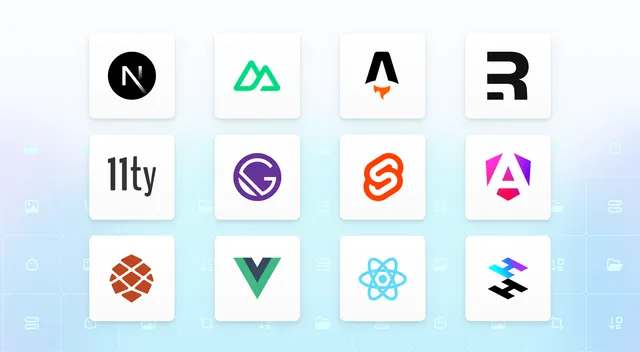
Create dynamic digital experiences (with any framework) through Netlify Platform Primitives
Netlify Platform Primitives remove restrictive barriers when selecting a frontend framework by offering unparalleled functionality and freedom on any framework.
-
April 8, 2024
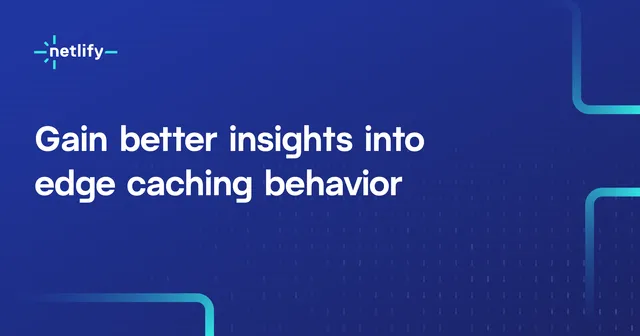
Gain better insights into edge caching behavior on Netlify
Fine-grained cache control headers allow teams to precisely configure which content gets cached and control parameters to selectively invalidate content to ensure a higher cache rate
-
April 2, 2024
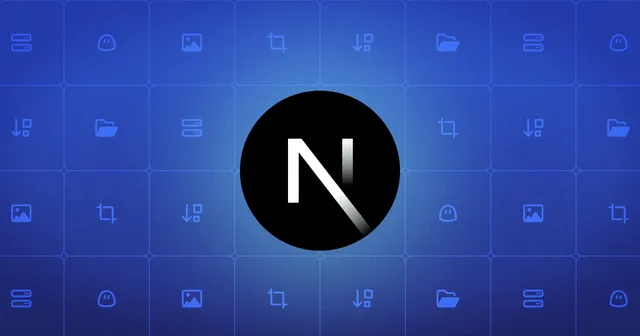
Introducing the new Next.js Runtime
Learn how the new streamlined workflow provides seamless visual editing experience for sites built and deployed on Netlify
-
March 27, 2024
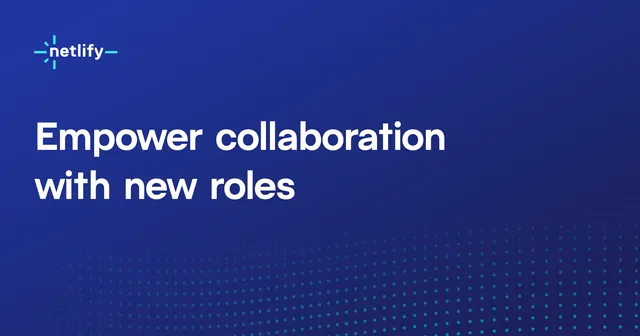
Empowering collaboration: Introducing new roles for better team management
Learn how new roles enhance collaboration, streamline workflows, supercharge your team’s productivity, and reduce time to market.
-
March 26, 2024
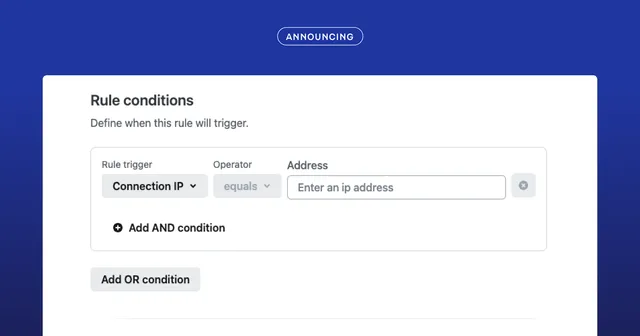
Introducing Netlify’s New Rate Limiting Feature
Learn how Netlify’s New Rate Limiting Feature enhances security features and gives you enhanced control over your site’s security.
-
March 7, 2024
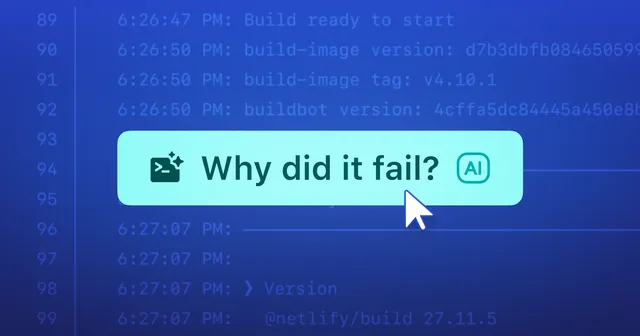
Netlify + AI: Why’d my deploy fail?
Explore Netlify’s new AI feature designed to troubleshoot failed deploys. The Composable Web Platform now detects failed deploys and highlights how to fix them.
-
February 22, 2024
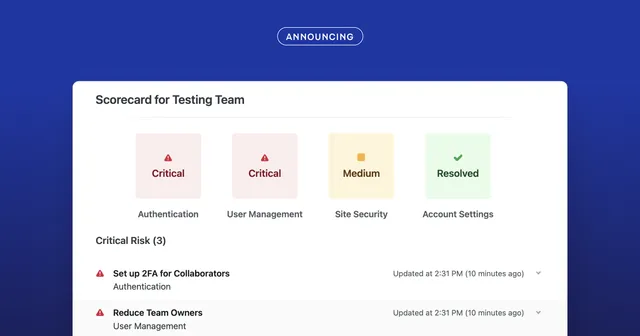
Introducing Netlify Security Scorecard
Introducing Netlify’s Security Scorecard: a pivotal tool that provides recommendations to proactively address security vulnerabilities and safeguard digital assets.
-
February 20, 2024
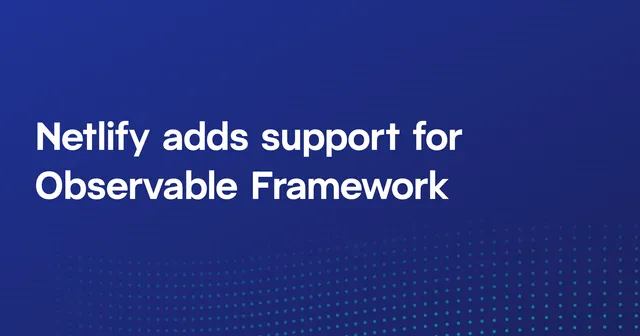
Netlify adds support for Observable Framework
As part of our dedication to supporting all frameworks, Netlify now supports Observable Framework, a static site generator tailor-made for data reports and dashboards.
-
February 20, 2024
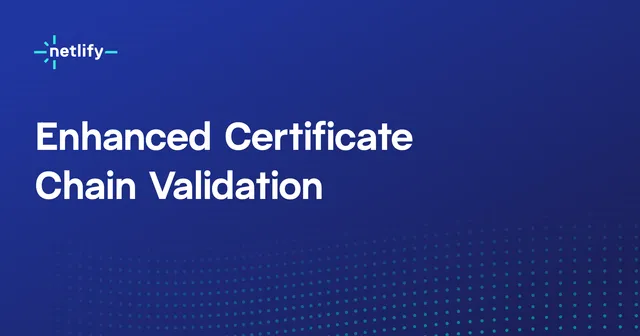
Enhanced Certificate Chain Validation
Introducing enhanced certificate chain validation measures in the Netlify platform